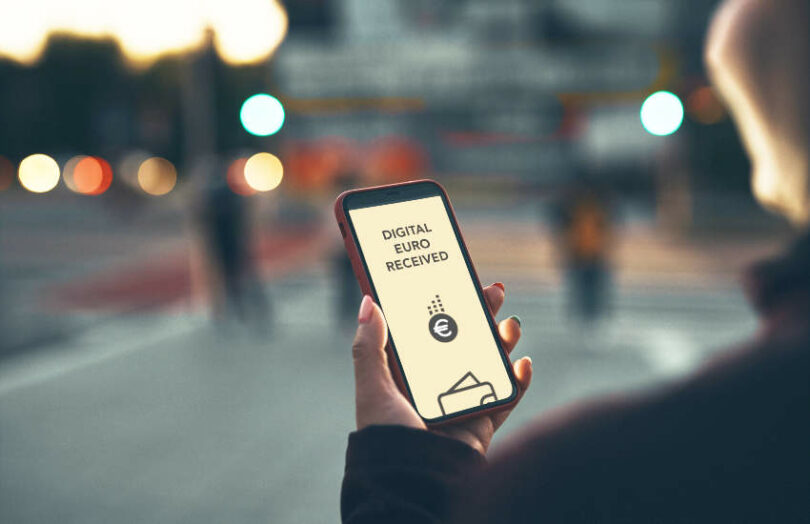On Monday, the European Central Bank (ECB) published the results of a series of focus groups concerning citizens’ views on a European digital wallet. The study revealed a wide variety of opinions, which ranged from slight aversion to strong optimism. But there was a general interest in trying out the functionalities that a digital wallet would enable. Budget management tools and P2P payments were particularly well-regarded.
Target CBDC audiences
As part of its digital euro initiative, the ECB commissioned a series of focus groups to assess people’s perceptions regarding a future digital wallet. Participants were divided into target audiences and asked to rate several features to discuss how these would affect their potential adoption of a new digital payment solution.
Most people expressed willingness to experiment with these functionalities, but the discussions also revealed significant differences between and within groups. For example, younger individuals were more inclined to adopt or test the digital wallet, while older participants were somewhat more hesitant. Nevertheless, the level of acceptance was also influenced by how the digital wallet would be introduced, as well as the involvement of local commercial banks in the process.
The only group that showed resistance to adopting e-wallets was the underbanked. The readiness of merchants to embrace a new payment solution was directly related to customer demand and associated costs.
Digital wallet features
Budget management tools and P2P payments were the most highly valued functionalities. Several European payment providers already offer similar features, but the pan-euro area reach of these instruments was seen as providing an innovative value-added service. Both were perceived as “must-have tools for a digital wallet.”
Other features were appreciated but not seen as currently “widely available”. For example, offline payments are probably one of the most innovative functionalities for a digital wallet, but most participants do not expect to use them very often. Even the underbanked, who considered this tool to be closest to their interests, said they would still prefer using cash when offline.
Similarly, QR code payments could be useful, but many saw them as a slower alternative than contactless payments. There was also a mismatch between consumers, who preferred vendors scanning their codes, and merchants, who saw this as a potential security threat.
Regarding conditional payments, payment on delivery and pay-per-use applications triggered curiosity among merchants and tech-savvy participants, but there were also concerns. Merchants were particularly wary of the risks of customer fraud and delivery issues.
Next steps for the ECB
The findings were published along with the third status report on the digital euro. Executive Board member Fabio Panetta said they “value the views and needs of our fellow Europeans very highly,” noting that “the findings from these reports will feed into our decision on the future of the project, which will be taken in the autumn.”






